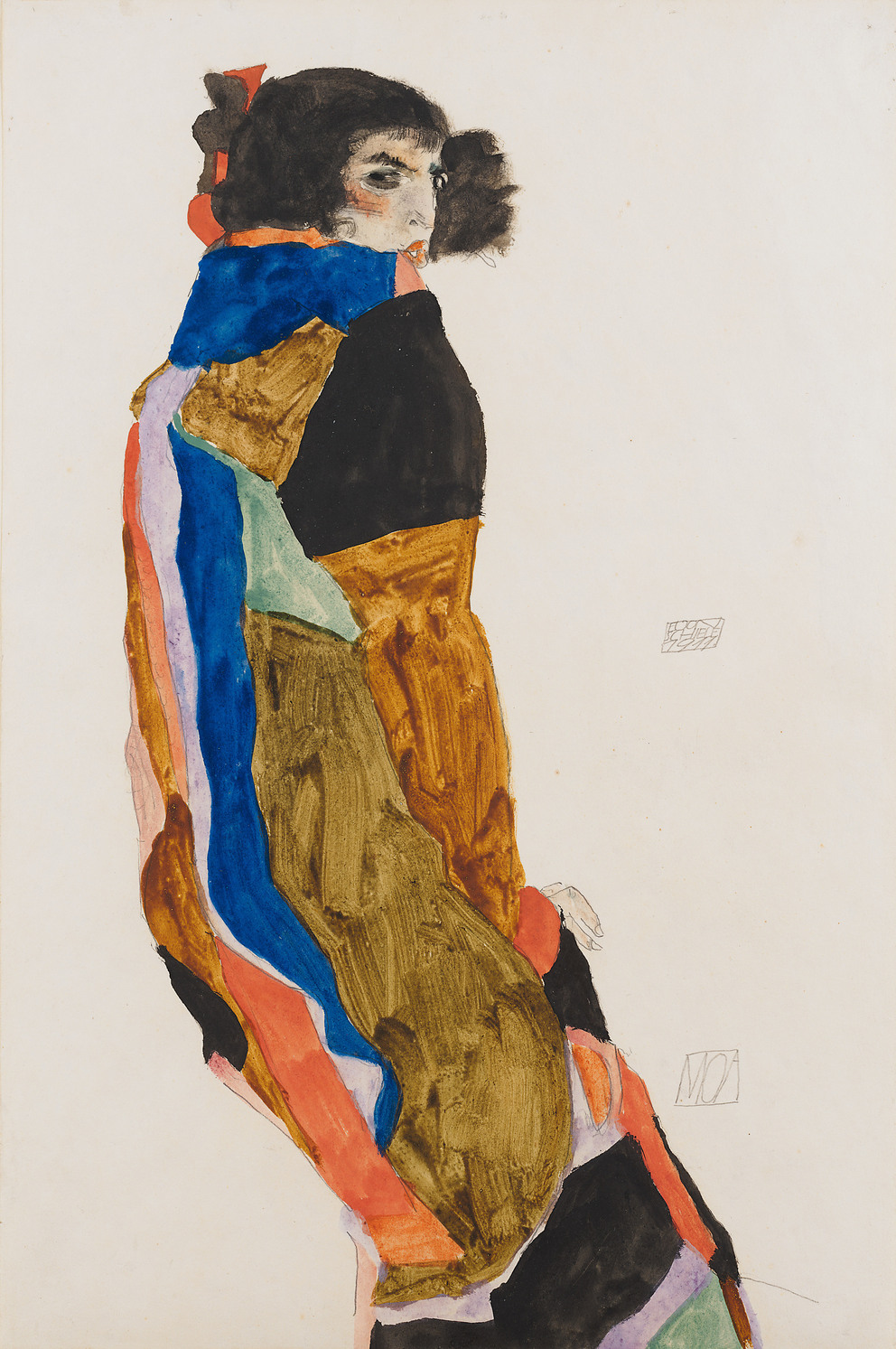
Leopold Museum,
Vienna
Vienna


“Moa”
1911
(Tulln 1890–1918 Vienna)
If you have further information on this object, please contact us.
Lea Bondy Jaray, Wien /London (o.D.); (1)
Dr. Rudolf Leopold, Wien (vor 1955-1994); (2)
Leopold Museum-Privatstiftung, Wien (1994).
For provenance related information, please contact us.
2023/2024 Partial funding for digitization by the Federal Ministry for Arts, Culture, the Civil Service and Sport „Kulturerbe digital“ as part of NextGenerationEU.

